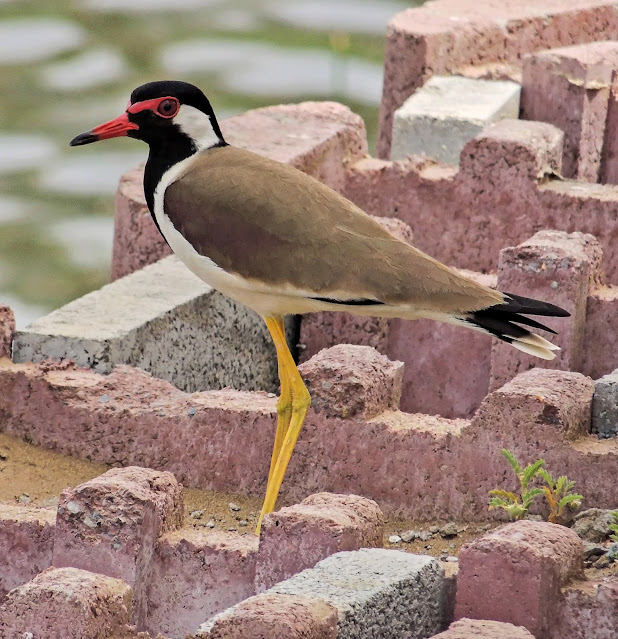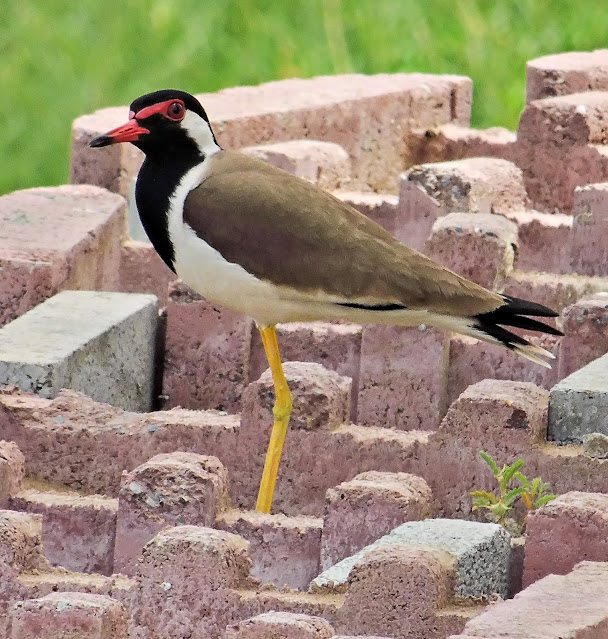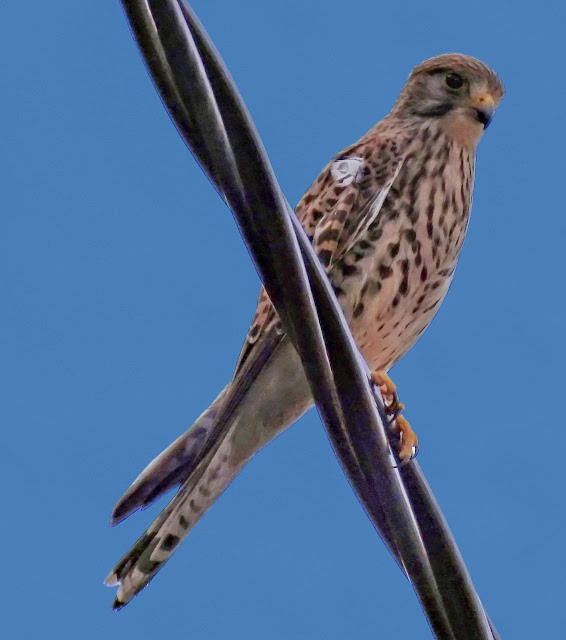Zelus renardii, commonly known as the leaf hopper assassin bug, is a predacious insect contained within tribe Harpactorini. Diurnal and found on both wild and crop plants, Z. renardii has spread from its native habitats in western North and Central America into three other biogeographic regions across the globe.
Zelus renardii is considered a sister species to Z. cervicalis, as they share two unique characters: the lateral margins of dorsal phallothecal sclerite are recurved, and the medial process is strongly hooked apically.
The native range of Z. renardii extends over various climatic zones throughout mainland North and Central America at altitudes between 8m to 2000m above sea level. Native ranges include tropical, dry, semi-arid, arid, and Mediterranean climates. Additionally, Z. renardii also appears well suited to urban and disturbed areas, as it has been observed in suburban areas on both native and non-native herbaceous and woody plants, as well as common garden plants. Egg masses can frequently be found on vegetable plants. Z. renardii is also sympatric with Z. tetracantus over a large part of its range in western USA, Mexico, Guatemala, Jamaica, and other parts of Central America.
The adaptability to multiple habitat conditions may have facilitated its spread in non-native regions as they have preadaptations to diverse climatic condition. To date, Z. renardii has expanded to Hawaii, where they preyed mainly on invasive sugarcane leafhopper (Perkinsiella saccharicida) and other tropical areas within the Pacific, such as Johnston Atoll, Samoa, and the Philippines. Z. renardii has also been reported in Mediterranean-type environments within Chile and Argentina.
Expansion of Z. renardii throughout Europe began in Mediterranean regions, namely Greece and Spain. However, expansion has continued and Z. renardii is now known in multiple countries in the Mediterranean basin, such as Italy, Turkey and Albania. The majority of these observations have been from urban areas. Eight years post-introduction in Spain, Z. renardii had a limited expansion in Mediterranean-type habitats, and was mainly limited to coastal regions of the Iberian east and south from the city of Valencia to Malaga. Additionally, Z. renardii has been observed as far southeast as the Kfar Masaryk region of northern Israel.
Given the abundance of Z. renardii in anthropogenic environments, humans are likely the main vectors of transport into non-native habitats. Since eggs, which are typically glued to plants, take 8–12 days to hatch and both the 1st and 2nd instars typically remain in the areas around their hatching site, shipping of nursery plants or plant products is thought to be a major avenue of distribution into non-native locations. Disturbed and agricultural areas are suitable for Z. renardii and may also contribute to its spread throughout native and non-native regions once established.



%201.jpg)
%202.jpg)
%203.jpg)
%201.jpg)
%2010.jpg)




%201.jpg)



%201.jpg)



%2010.jpg)
%2010.jpg)
%2010.jpg)
10.jpg)
%2011.jpg)

%2011.jpg)

%2010.jpg)

.jpg)

%201.jpg)
%202.jpg)
%203.jpg)






%2010.jpg)
